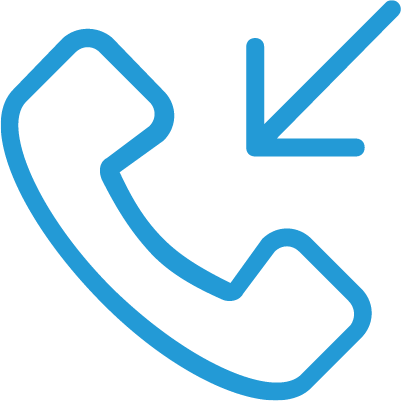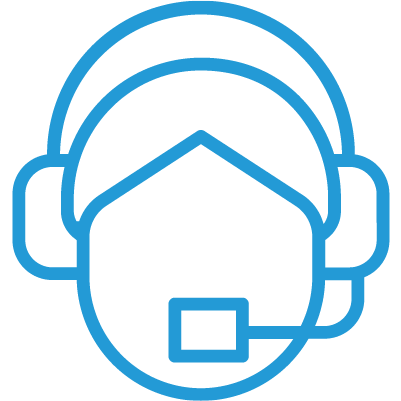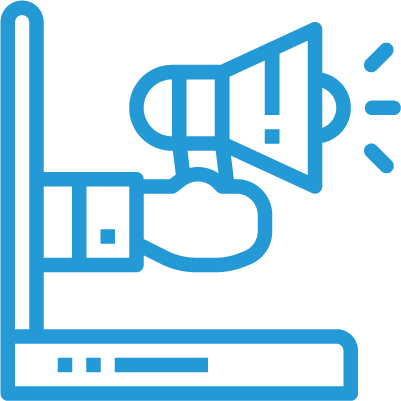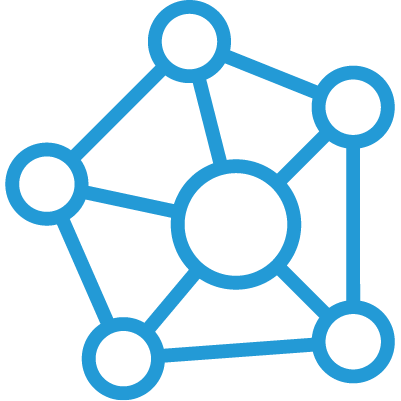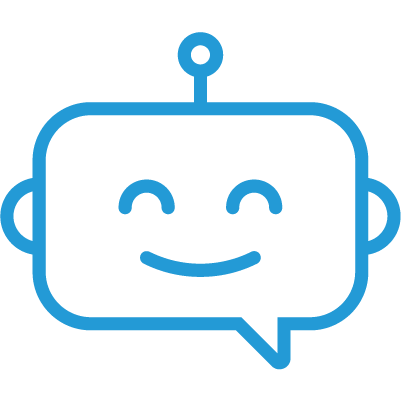
Role of Live Chat Support in Healthcare
In an era dominated by digital advancements, the healthcare industry is witnessing a paradigm shift in patient engagement and support. Live Chat Support has emerged as a pivotal tool, revolutionizing the way healthcare providers connect with their patients. This blog explores the multifaceted impact of healthcare call center services, from enhancing patient satisfaction to streamlining administrative processes.
Understanding the Need for Live Chat Support in Healthcare
The healthcare landscape is evolving, and so are patient expectations. With the rise of consumerism in healthcare, patients demand instant, personalized, and accessible support. Live Chat for healthcare bridges the communication gap, providing real-time assistance to patients, answering queries, and offering guidance. This section delves into the growing need for such a dynamic and responsive support system in the healthcare domain, covering the benefits of live chat support:
Advantages of Live Chat Support in Healthcare
1. Improved Patient Retention and Loyalty:
Live Chat for healthcare fosters stronger patient relationships by delivering instant assistance, thus enhancing overall satisfaction and loyalty. Patients feel valued when their concerns are promptly addressed, contributing to improved retention rates.
2. Efficient Triage and Appointment Scheduling:
Streamlining administrative processes is crucial for healthcare providers. Live Chat enables efficient triage, ensuring that patients receive timely care based on the urgency of their needs. Moreover, it facilitates seamless appointment scheduling, reducing administrative burdens and optimizing resource utilization.
3. Enhanced Follow-up and Aftercare Services:
Post-treatment support is vital for patient recovery. Live Chat allows healthcare providers to continuously connect with patients, offering guidance, monitoring progress, and addressing concerns in real-time. This personalized aftercare enhances patient outcomes and satisfaction.
4. Support for Telehealth and Remote Consultations:
The global rise of telehealth is transforming healthcare delivery. Live Chat for healthcare complements telehealth services by providing a direct channel for patients to seek guidance on virtual consultations, technical issues, and post-telehealth follow-ups, ensuring a smooth and connected experience.
5. Integration with Electronic Health Records (EHR):
Efficient data management is at the core of modern healthcare. Healthcare call center services seamlessly integrate with Electronic Health Records, enabling healthcare professionals to access patient information, update records, and provide accurate guidance—all within a secure and compliant environment.
6. Effective Health Education and Information Dissemination:
Patient education is key to preventive care and overall well-being. Live Chat serves as an educational platform, disseminating accurate health information, lifestyle advice, and treatment guidance. This proactive approach empowers patients to make informed decisions about their health.
As the healthcare landscape evolves, Live Chat Support outsourcing emerges as a cornerstone in providing patient-centric care. From improving patient satisfaction to optimizing operational efficiency, the advantages are multifaceted. Implementing Live Chat Support meets the demands of the modern healthcare consumer and positions healthcare providers as proactive and responsive partners in patient well-being.
As a premier BPO service provider, HRHNext’s Live Chat Support transcends mere technology, offering healthcare providers a strategic ally, with a profound understanding of healthcare intricacies, choosing HRHNext as your partner, we ensure that Live Chat Support goes beyond immediate assistance. It seamlessly integrates into operations, elevating patient engagement and contributing to a superior healthcare experience. In conclusion, the integration of Live Chat Support Outsourcing in healthcare aligns with the broader trends of digital transformation in the industry. It is not just a support tool but a catalyst for patient-centered care, operational efficiency, and the seamless integration of technology into healthcare delivery.
